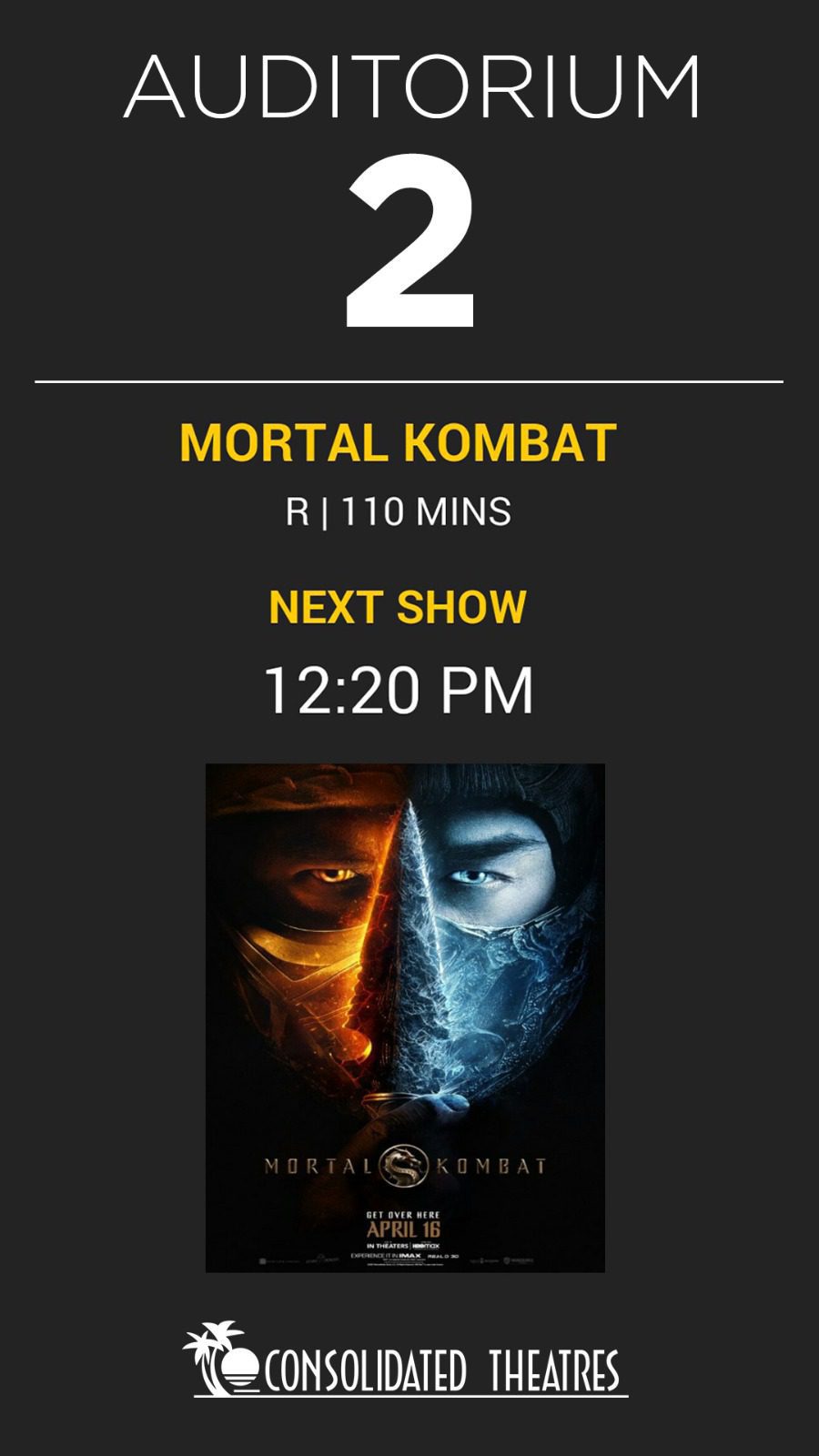Cloud-based digital signage is an increasingly popular solution for businesses that want to display dynamic content in a cost-effective, secure manner. With cloud technology, companies are able to access their digital signs from anywhere and manage them with greater ease than traditional premises-based systems. This blog post will explore the benefits of cloud-based digital signage, how it works, types of platforms available, advantages over premises-based systems and best practices for implementation. In short – if you’re looking for more information about how your business can benefit from utilizing cloud based digital signage solutions then this post is right up your alley!
Table of Contents:
- Benefits of Cloud-Based Digital Signage
- How Cloud-Based Digital Signage Works
- Types of Cloud-Based Digital Signage Platforms
- Advantages of Cloud-Based Digital Signage Over Premises-Based Systems
- Best Practices for Implementing Cloud-Based Digital Signage Solutions
- FAQs in Relation to Cloud-Based Digital Signage
- Conclusion
Benefits of Cloud-Based Digital Signage
Cloud-based digital signage systems offer businesses a range of advantages over traditional, premises-based solutions. Cost savings, increased security, and ease of management are just some of the benefits that can be realized when utilizing cloud technology for digital signage.
Cost Savings: Cloud-based digital signage systems require less upfront investment than their premises-based counterparts. This is because they do not require hardware or software installation onsite and instead rely on cloud infrastructure to deliver content to displays remotely. Additionally, since the system is hosted in the cloud, there are no ongoing maintenance fees associated with it – making it an attractive option for businesses looking to save money while still getting all the features they need from a digital signage solution.
Security: With a cloud-based system, data is stored securely offsite rather than locally at each individual display location. This reduces risk by ensuring that only authorized personnel have access to sensitive information and eliminates potential vulnerabilities caused by physical theft or tampering with equipment onsite. Furthermore, most providers also offer encryption protocols which further protect data as it travels between devices and servers in transit.
Cloud-based solutions make managing multiple displays much simpler than traditional premises-based systems due to their centralized control panel interface. This allows users to manage all aspects of their system from one central location, including scheduling content updates across multiple locations simultaneously without having to manually update each device every time changes need to be made. Additionally, many providers also offer mobile apps so that users can monitor performance metrics such as viewership numbers in real time even when away from a desktop or laptop computer.
Cloud-based digital signage offers a range of benefits, from cost savings to enhanced security. Now let’s take a look at how it works.
How Cloud-Based Digital Signage Works
Cloud-based digital signage systems are a cost-effective and secure way to display content on screens in public spaces. To understand how they work, it’s important to know the infrastructure requirements, software components, and connectivity needed for these systems.
Infrastructure Requirements: Cloud-based digital signage requires an internet connection. That’s all. Since media is downloaded to the media player, the system does not require lots of bandwidth unless you intend to stream video or audio. Our server hosting the system has almost infinite storage capacity for all of the media files that will be used in the system. Additionally, any hardware devices such as Android media players need to be connected directly to power outlets and configured correctly before use.
Software Components: A cloud-based digital signage system is powered by software that enables users to create custom content displays from text, images, videos, and other multimedia elements. This software can be installed on a local server or hosted remotely in the cloud depending on user preferences and needs. It typically includes features like scheduling tools for displaying different types of content at specific times throughout the day as well as analytics tools for tracking performance metrics such as views or engagement rates over time.
Once all of the necessary hardware and software components are set up properly, data can then be transferred between them using either wired or wireless connections depending on what type of network is available at each location where displays are located. Content is usually sent from a central server via an IP address which allows multiple devices across different locations to access it simultaneously without having to manually transfer files back and forth between each device individually every time something new needs to be displayed on screen(s).
Cloud-based digital signage is an efficient way to manage and distribute content, with minimal infrastructure requirements. With the various types of cloud based digital signage platforms available, businesses can easily find one that meets their needs.
Types of Cloud-Based Digital Signage Platforms
Android Media Players are the most popular type of endpoint devices for cloud-based digital signage platforms. These devices use an Android operating system and are connected to a network or the internet, allowing users to manage their content remotely. They offer features such as remote management, scheduling, and analytics that make them ideal for businesses looking for a cost-effective solution. Additionally, they are highly customizable with various display sizes and resolutions available.
Content Management Systems (CMS) is the heart of a cloud-based digital signage platform that allowing users to create and manage content from anywhere in the world. The CMS allows users can easily upload images, videos, audio files, text documents, and more onto their displays without having to install any software onsite. This makes it easy for businesses to keep their displays up-to-date with fresh content without having to worry about hardware maintenance or installation costs.
Networked Displays and Monitors provide businesses with an all-inclusive solution for managing digital signage across multiple locations simultaneously. By connecting each display or monitor through a secure network connection over the internet or private LANs/WANs networks, businesses can control what is displayed on each device from one central location, making it easier than ever before to update messages quickly while ensuring uniformity across all locations at once.
Cloud-based digital signage platforms offer a variety of options for businesses to choose from, including Android media players, content management systems (CMS), and networked displays and monitors. Each platform has its own advantages that can be beneficial depending on the needs of your business. Let’s look at the benefits of cloud-based digital signage over premises-based systems next.
Advantages of Cloud-Based Digital Signage Over Premises-Based Systems
These include lower upfront costs, increased security and reliability, and easier management and content updates.
Lower Upfront Costs and Maintenance Fees: Cloud-based digital signage systems require no additional hardware or software to be purchased or installed onsite. This means that businesses can save money by avoiding the cost of purchasing media players, servers, licenses, etc., as well as eliminating the need for ongoing maintenance fees associated with these components. Additionally, cloud-based solutions are typically more affordable than their premises-based counterparts due to their subscription model pricing structure which allows businesses to pay only for what they use when they use it.
Increased Security and Reliability: With cloud-based digital signage systems there is no need to worry about physical security risks such as theft or vandalism since all data is stored securely in the cloud instead of onsite at your business location. Furthermore, because these systems are hosted offsite in secure data centers with redundant backups you can rest assured knowing that your system will remain up and running even if there is an issue with one server or component of the system itself.
Cloud-based digital signage systems offer a variety of advantages over premises-based solutions, such as lower upfront costs and maintenance fees, increased security and reliability, and easier remote management. To ensure the successful implementation of your cloud-based digital signage solution, it is important to consider best practices for setting up the system.
Best Practices for Implementing Cloud Based Digital Signage Solutions
Establish Clear Goals and Objectives for the System: Before implementing a cloud-based digital signage solution, it is important to have clear goals and objectives in mind. This will help ensure that the system meets all of your business needs and provides an effective way to communicate with customers or employees. Consider what type of content you want to display, how often it should be updated, who should have access to the system, and other factors.
Choose the Right Platform for Your Needs: There are many different types of cloud-based digital signage platforms available on the market today. It is important to choose one that best fits your business’s needs. Android media players are popular due to their affordability and ease of use while Content Management Systems (CMS) offer more advanced features such as analytics tracking and remote control capabilities. Networked displays can also be used if you need multiple screens connected together in one location.
Utilising automation tools can make managing a cloud based digital signage system much simpler by streamlining processes such as scheduling content updates or creating playlists for multiple screens. These tools can save time by eliminating manual tasks, allowing you to focus on more important aspects of running your business instead of worrying about updating content daily or manually setting up each screen individually.
FAQs in Relation to Cloud-Based Digital Signage
What is cloud based digital signage?
Cloud-based digital signage is a system that uses cloud computing technology to deliver content and messages to displays in real time. It allows users to manage their digital signage remotely, without having to install any software or hardware on the display itself. Content can be updated quickly and easily from anywhere with an internet connection, making it ideal for businesses that need up-to-date information displayed at multiple locations. Cloud-based digital signage also provides more flexibility than traditional systems, allowing users to customize the look of their displays with various layouts and designs.
Which digital signage is best?
The best digital signage system for your business depends on a variety of factors, such as budget, scalability, and the type of content you want to display. Cloud based digital signage systems using Android media players offer several advantages. They are easy to set up and manage remotely, allowing for quick updates and changes in content. Additionally, they provide access to an array of features like real-time analytics and integration with other platforms that can help maximise the impact of your messaging. Ultimately, when selecting a digital signage system it is important to consider all aspects before making a decision that best fits your needs.
What software is used?
Digital signage systems use a variety of software to manage content and display it on screens. Commonly used software includes Android media players, cloud based content management systems (CMS), digital signage platforms, and web-based applications. These tools allow users to easily create engaging visuals for their audience by scheduling, managing, and displaying dynamic content such as videos, images, text messages, RSS feeds and more. Additionally, these solutions often come with analytics capabilities that help measure the effectiveness of campaigns in real time.
What are the types?
Digital signage systems come in a variety of types, each with its own unique features and capabilities. The most common type is the traditional LCD or LED display that can be used to show static images, videos, or interactive content. Another popular type is interactive digital signage which allows users to interact with the content via touchscreens or other input devices. Additionally, there are cloud-based digital signage solutions that use Android media players for remote management and control over multiple displays from one central location. These systems offer greater flexibility and scalability than traditional options as well as improved security through cloud storage and authentication protocols.
Conclusion
In conclusion, cloud-based digital signage solutions offer a range of benefits over premises-based systems. They are more cost effective, secure and easier to manage. By understanding the different types of platforms available and implementing best practices for implementation, businesses can take advantage of these advantages to create powerful digital signage experiences that engage customers and increase brand awareness. Cloud-based digital signage is an essential tool for any business looking to stay competitive in today’s market.
Are you looking for a reliable and cost-effective solution to manage your digital signage? Look no further than Signbox Microsystems. Our digital signage systems are powered by Android media players, offering an easy way to control content remotely in real time. With our innovative technology, we can provide the perfect combination of flexibility and scalability that will meet all of your needs now and into the future. Contact us today to learn more about how Signbox Microsystems can help make managing your digital signs simpler!


